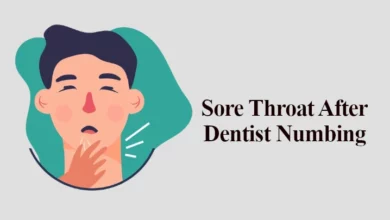Neuro-Linguistic Programming Training: What Is It?

In personal and professional development, Neuro-Linguistic Programming (NLP) stands as a powerful framework that seeks to unravel the connections between the mind, language, and behaviour.
NLP training has become an effective tool for enhancing communication skills, fostering personal growth, and achieving a deeper understanding of human behaviour.
This article examines the core principles of NLP training, its origins, and its transformative benefits.
Understanding (NLP)
NLP is a versatile, multidisciplinary approach that delves into the relationships between neurological processes and behaviour patterns learned through experience. The underlying foundation of NLP is a connection between neurological processes, language, and behavioural patterns learned through experience.
Origins and Evolution
NLP was initially developed in the 1970s by Richard Bandler, a computer scientist, and John Grinder, a linguist.
They embarked on a journey to study and model successful therapists’ communication and behaviour patterns.
By analyzing the strategies and techniques these therapists used to create positive change in their clients, Bandler and Grinder formulated the foundational principles of NLP.
Key Principles of NLP
1. Modeling Excellence
One of the cornerstones of NLP is the concept of “modelling.” This involves studying the thought patterns, behaviours, and strategies of individuals who excel in a particular area and replicating those patterns to achieve similar outcomes.
2. Sensory Acuity
NLP places excellent emphasis on heightened sensory awareness. Practitioners are trained to observe non-verbal cues, subtle changes in body language, and shifts in voice tone to gain insights into an individual’s mental and emotional state.





